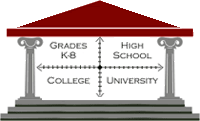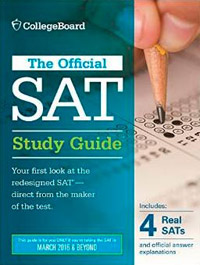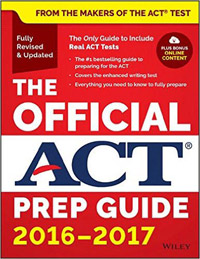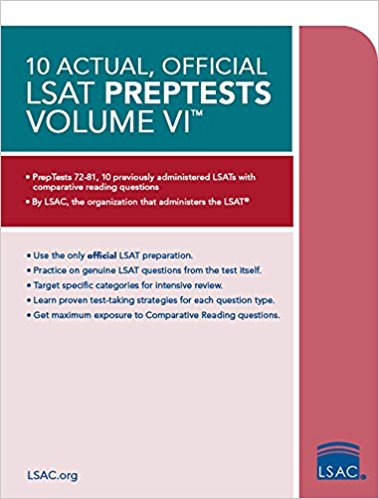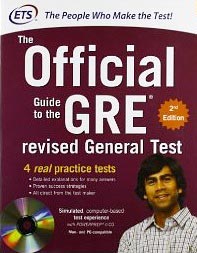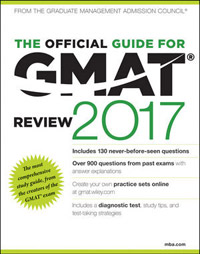|
For the purposes of illustration, let's take a look at #17 from the first Verbal section of the GRE PowerPrep Test #2.
Question 17 is based on the following passage.
Extensive housing construction is underway in Pataska Forest, the habitat of a large population of deer. Because deer feed at the edges of forests, these deer will be attracted to the spaces alongside the new roads being cut through Pataska Forest to serve the new residential areas. Consequently, once the housing is occupied, the annual number of the forest's deer hit by cars will be much higher than before construction started.
17) Which of the following is an assumption on which the argument depends?
A) The number of deer hit by commercial vehicles will not increase significantly when the housing is occupied.
B) Deer will be as attracted to the forest edge around new houses as to the forest edge alongside roads.
C) In years past, the annual number of deer that have been hit by cars on existing roads through Pataska Forest has been very low.
D) The development will leave sufficient forest to sustain a significant population of deer.
E) No deer hunting will be allowed in Pataska Forest when the housing is occupied.
Explanation: Identifying the assumption of an argument is often closely related to finding alternate explanations for a phenomenon. An argument consists of two main elements: 1) the premise (better known as “evidence”) and 2) the conclusion. The premise in this case is that deer tend to feed on the edges of forests, and that the extensive construction of a new housing development will create more such edges. The conclusion is that the number of deer hit by cars will drastically increase.
In-between the premise and the argument lies the inference (better known as “reasoning”), that which connects the premise to the conclusion in a convincing way.
In real life, you can attack an argument by disputing the validity of the premise itself (“that’s not true,” “your data is incorrect/flawed”, etc.), but on the GRE (and the GMAT) that’s not an option (all presented facts are assumed to be true). Thus, you must attack the argument by attacking the inference.
An assumption of an argument is that which the argument depends upon for its validity. Hence, an assumption can be thought of as something that, if not true, invalidates the argument. This is called the assumption negation technique. Let’s give it a try with the answer choices.
A) This is what could be classified as an “extraneous detail”. Whether the houses are occupied or not has nothing to do premise or conclusion of the argument. Even if this were not true, then the conclusion could still be possible.
B) Choosing this would indicate a misreading of the question, since the author says nothing about the edges of houses, only the edges of roads. Even if this were not true, then the conclusion could still be possible.
C) Years past have no relevance to the future, since the conditions will be different once the development is built. Even if this were not true, then the conclusion could still be possible.
D) Yes, this is our correct answer. If this answer were not true (“the development will NOT leave sufficient forest to sustain a significant population of deer”), then the author’s conclusion (“the annual number of the forest's deer hit by cars will be much higher than before construction started”) would be impossible, because there would be no deer around to get hit by the cars. There is also a clue in the very first word of the passage, which indicates that the construction is going to be extensive.
E) The topic of deer hunting is logically unrelated to the topic of deer being hit by cars. Thus, negating this statement would have no effect on the conclusion.
The correct answer is Choice D.
Back to Blog Home
| 
